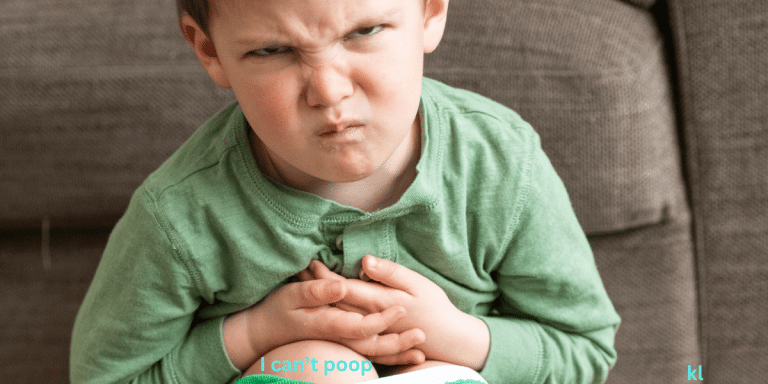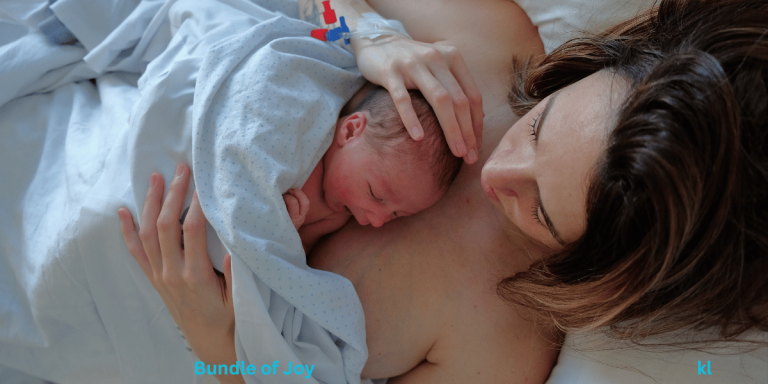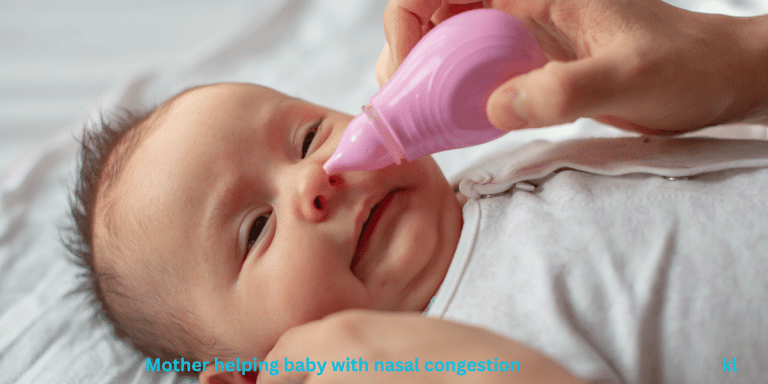Let’s talk about poop. Yep, that’s right—baby poop. Because once you become a parent, analyzing diapers becomes a surprisingly big part of daily life. I remember being so confused by the colors and textures that I actually started a poop diary (yes, really!).
Turns out, those weird shades and squishy consistencies are your baby’s way of letting you know how their little digestive system is doing. Some colors are totally harmless, while others might mean it’s time to check in with your pediatrician.
In this guide, Baby Poop: A Parent’s Guide to Color, Texture & Red Flags, I’ll walk you through the poop rainbow (it’s a thing), what different textures mean, and the red flags you shouldn’t ignore.
What’s Normal for Baby Poop?
I remember sitting on the edge of the couch, diaper open, wondering “Is green poop normal?” while my baby kicked happily like nothing was wrong. Spoiler alert: it was normal. But in those early months, everything felt like a red flag.
So here’s what I’ve learned from tracking baby poop way more than I ever thought I would.
First off, normal baby poop can come in a variety of colors. I know, it sounds bizarre—but yellow, green, and brown are all within the “totally fine” range.
If you’re breastfeeding, expect yellow, seedy, or mustard-like poop. It’s usually soft and kind of runny, which I thought meant diarrhea at first. But nope, turns out that’s just healthy baby poop for a breastfed baby.
Now, formula-fed babies usually have poop that’s a little thicker—more like peanut butter—and the color leans toward tan or brown. Sometimes it’s even a bit green. Again, not a big deal.
The key is consistency for your baby. Once you get used to your baby’s bowel movement pattern, you’ll start to know what’s normal for them.
One thing I didn’t expect? The frequency changes a lot. In the first few days, newborn poop can happen after every single feeding. I swear we went through 10 diapers a day in those early weeks.
But by around 6 weeks, some babies only poop every few days—and that’s still considered normal! As long as it’s soft and your baby seems comfortable, it’s usually not constipation.
By the time we hit the 6-month-old baby poop stage, after starting solids, it changed again. More solid, less frequent, and waaay stinkier. Sorry, just being real. And of course, this all happened right around the same time as a brutal sleep regression—because why wouldn’t everything shift at once, right?
Honestly, once you get past the early panic, it becomes kind of…routine? Weirdly comforting, even. Like, “Ah yes, a mustard poop. All is well in the world today.”

Newborn Poop: Understanding Meconium and Beyond
Meconium first poop is made up of stuff your baby swallowed in the womb—like skin cells, amniotic fluid, and mucus. It passed within 24 hours of birth in 99% of healthy full-term infants.
Super gross, yes, but totally natural. It’s thick, sticky, almost like motor oil, and hard to wipe off. I used what felt like half a pack of wipes and still felt like I was smearing it more than cleaning it.
This stage doesn’t last long, though—usually a day or two. After that, you’ll start seeing transitional stools in newborns, which are like a cross between meconium and regular poop.
They’re often greenish-brown, a bit runny, and easier to clean (thank goodness). This shift is part of the meconium transition timeline, and it signals that your baby’s newborn digestive system is kicking into gear.
Now, if you’re breastfeeding, you’ll notice that colostrum, the “liquid gold” that comes in before your milk fully arrives, acts like a natural laxative.
It helps flush out meconium and gets the gut moving. Colostrum effects on stool are fascinating—some babies have their first bowel movement within hours because of it. My little one was pooping like clockwork thanks to colostrum. Honestly, it felt like every diaper was a surprise party.
Baby Poop Color Guide: What Each Shade Can Mean
Let’s talk colors—specifically, the rainbow of shades you might find in your baby’s diaper.. It’s wild how much you can learn about your baby’s health just by paying attention to what’s in their diaper. Gross? Totally. Helpful? Absolutely.
Yellow poop is usually a good sign—especially for breastfed babies. That bright, mustardy color (sometimes even seedy-looking) is totally normal and actually means their little digestive system is working well.
This kind of yellow poop in breastfed babies can show up multiple times a day and might even smell a little sweet. I remember thinking it looked like someone had mixed curry paste with yogurt. Welcome to parenthood!
Funny enough, I’d sometimes see a fresh diaper surprise right after a middle-of-the-night dream feed—because even half-asleep, those little tummies are working overtime.
Green poop in babies threw me off at first. I freaked out until I learned it could be caused by a few things—like iron supplements, which are common in formulas or pediatric vitamins.
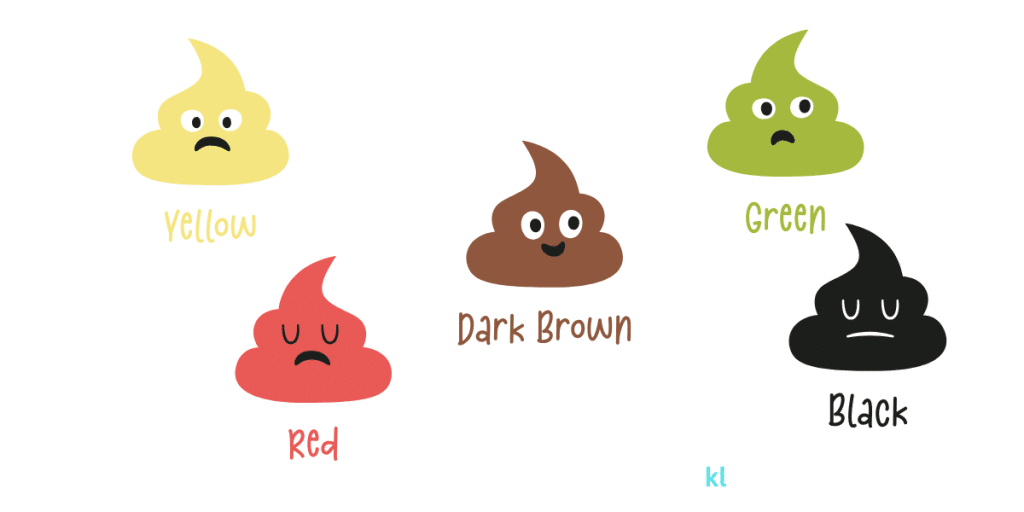
Sometimes it happens if your baby’s getting too much foremilk (the thinner, less fatty part of breast milk) and not enough hindmilk.
Other times, it’s just a sign their digestion is shifting, especially when starting solids. Unless it’s paired with other symptoms like discomfort or diarrhea, it’s usually no big deal.
Now, brown or tan poop is more what you’d expect from a formula-fed baby or a little one starting on solids. It’s thicker, more pasty, and kind of peanut butter-textured. It tends to be more regular in consistency and doesn’t vary as wildly as breastfed poop.
Here’s where it gets serious. If you ever see red, black, that’s your cue to call the pediatrician right away.
Black poop is normal for the first couple of days (meconium), but if it shows up later, it could mean digested blood—possibly from your baby’s gut or something more serious.
Blood in a baby’s stool that’s bright red could also signal an allergy or tear. I saw a red streak once and nearly passed out, but luckily it was from a small diaper rash. Still, better safe than sorry.
White poop, though? Huge red flag. It could mean your baby isn’t producing enough bile, which helps break down fat. That’s something your pediatrician needs to check right away. It might sound dramatic, but white poop in babies is not something to wait on.
So yeah, keep an eye out. Diaper duty might not be glamorous, but it can be one of your best early tools for tracking your baby’s health.
Understanding Texture: From Seedy to Sticky to Solid
First off, seedy baby poop. If you’re breastfeeding, get ready for this one. It looks like yellow cottage cheese or maybe Dijon mustard with poppy seeds—super weird, totally normal.
Those little seeds? That’s just undigested milk fat, and it means your breastfed baby’s digestion is doing its thing. The textures’s usually soft and kind of mushy—not runny but not thick either. I remember taking pictures and texting them to my mom like, “Is this what it’s supposed to look like??”
Then there’s watery baby poop, which can be totally fine… or not. Sometimes, it just means your baby is well-hydrated, especially if they’re younger or breastfeeding a lot.
But if it’s super frequent, shoots out like a cannon, or is paired with a fever or fussiness—yep, that could be diarrhea.
We went through that during a round of teething, and let me tell you, changing outfits five times a day was not the vibe.
Now, if you see pellet-like stools or hard baby poop, it’s probably baby constipation creeping in. It usually happens when babies start solids or aren’t getting enough fluids or fiber. It’s like little dry marbles—definitely not what you want to see.
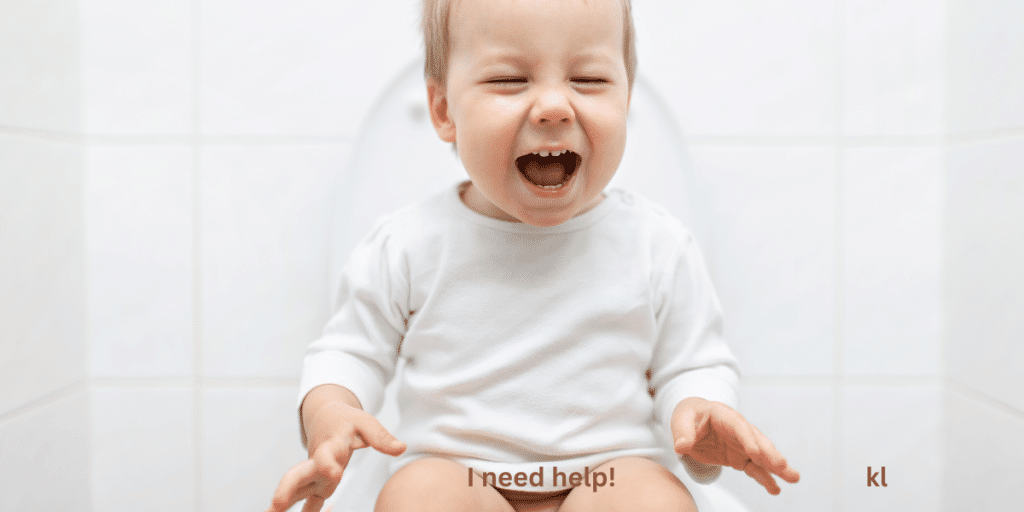
That’s when I started adding a bit of prune puree into the mix, and boom—soft baby poop was back in action.
One texture that made me scratch my head was poop with mucus in it. It looked shiny or stringy, kind of like jelly. Mucus can show up if your baby’s digestive tract is irritated, sometimes from teething, allergies, or even a cold. In our case, it was a dairy sensitivity.
Once we cut back, the slimy texture disappeared. If it sticks around or you see it often, that’s one to mention to the pediatrician
So yeah, textures range from runny to sticky to dry little pebbles, and each tells its own story. Keep an eye on it, take notes, and trust your gut when something seems off with your baby’s gut.
How Diet Affects Baby Poop
Let’s start with a breastfed baby’s stool. If your baby’s exclusively on breast milk, you’ll notice their poop is usually mustard-yellow, seedy, and super soft. It might smell a little sweet—yep, sweet poop!
That’s because breast milk is so easy to digest. Some breastfed babies poop after every feeding, while others can go days without—still totally normal.
Now, formula-fed baby stool is a different game. The poop is usually thicker, darker in color, and a bit more… let’s say “fragrant.”
The formula takes longer to break down, so stools might be less frequent but bulkier. I remember the switch from breast milk to formula made me do a double-take—suddenly it was more like peanut butter in there. And that smell? Oh yeah, it levels up.
Then comes the milestone moment: starting solids. And hoo boy, does poop change fast. The texture can vary depending on what your baby eats, and suddenly, the smell?
It’s no joke—it’s like real human poop. Green beans, carrots, sweet potatoes… every food leaves its mark.
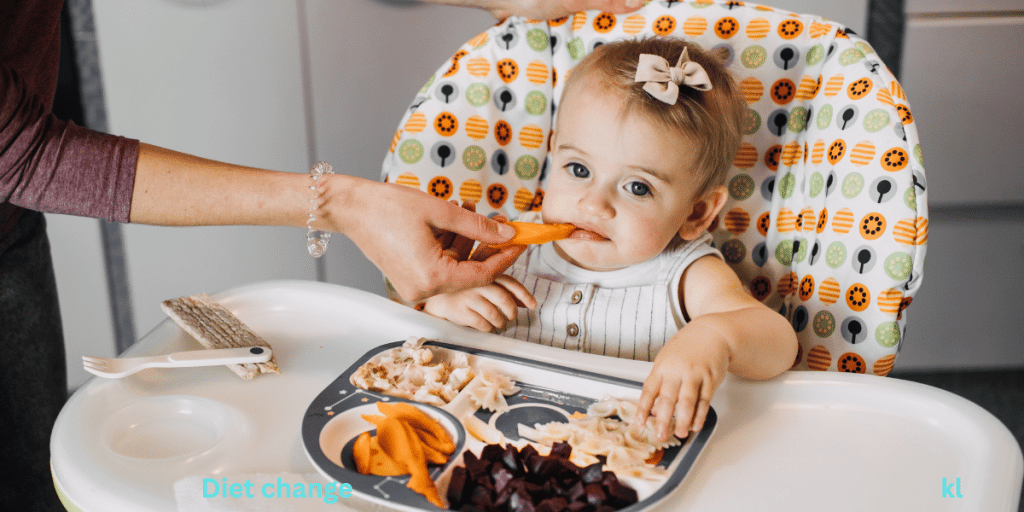
That’s why tracking baby poop after solids becomes a thing. I once fed my daughter beets and nearly had a heart attack the next day when I saw red in the diaper. Spoiler: it wasn’t blood. It was beet poop.
And let’s not even talk about how confusing it gets when you’re also dealing with baby congestion—because when they’re stuffy, cranky, and their poop looks weird, it’s easy to spiral into “what now?” mode.
Iron-fortified formulas and baby cereals also bring color drama. Baby poop after iron can turn dark green, sometimes even black. Totally normal in most cases, but it can freak you out if you don’t expect it.
When to Worry: Red Flags in Baby Poop
Blood in stool is one of those freak-out triggers. Tiny streaks of red can show up if your baby has a small anal tear from straining—especially if they’ve been passing hard poop.
But if it’s more than a speck or it keeps happening, that’s when you call the doc. One mom friend of mine saw mucus mixed with blood, and it turned out to be a milk protein allergy. So yeah, better safe than sorry.
Another big red flag? Pale, chalky, or white poop. That’s not just weird—it could be a sign of a liver or gallbladder issue.
I didn’t even know this until my pediatrician mentioned it during a routine checkup. So if your baby’s poop suddenly looks like it’s been whitewashed, definitely get it checked out.
Then, straining and fussiness combo. Babies grunt and squirm a lot when pooping, but if your little one is turning red in the face, crying like crazy, and pushing out pellet-like stools, you might be dealing with baby constipation.
I’ve even noticed that during rough constipation days, my baby would start crying in sleep, almost like their little tummy was still trying to work things out even at night.
It’s heartbreaking—and confusing—especially when you’re sleep-deprived and trying to figure out what’s normal.
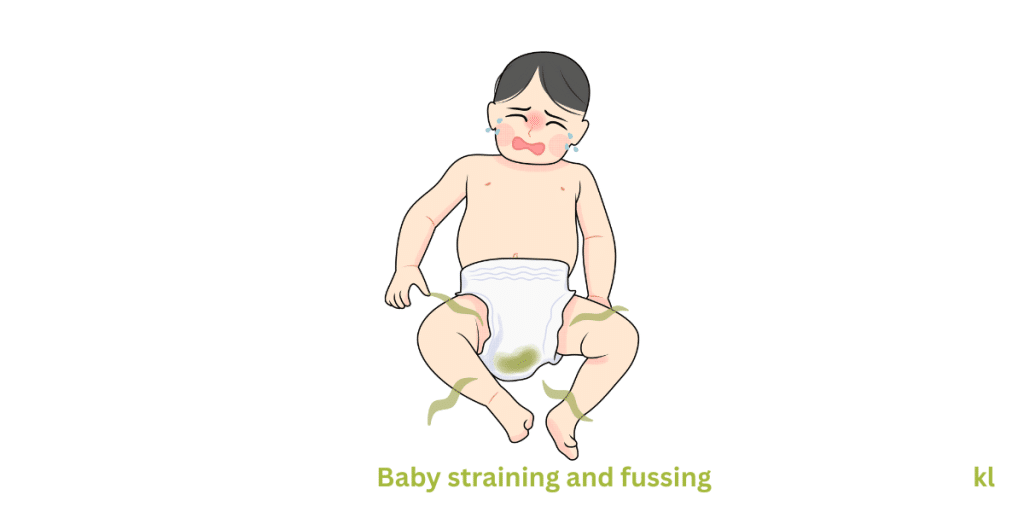
That happened with my second baby right after we introduced solids. Turns out bananas and rice cereal weren’t his friends.
Also, don’t ignore baby diarrhea symptoms. Super watery stools that happen multiple times a day and soak through the diaper? That could mean a tummy bug—or even a reaction to something in their diet. It’s especially risky if your baby starts to get dehydrated. Trust your gut if something feels off.
In conclusion, Baby poop might be messy, but it’s also informative. By learning to read the signs—whether it’s color, texture, or frequency—you can feel more confident knowing what’s normal and what’s not.
If something feels off, trust your instincts. And hey, you’re already doing a great job with those diapers, analysis! Save this guide for the next time a diaper makes you do a double-take.



